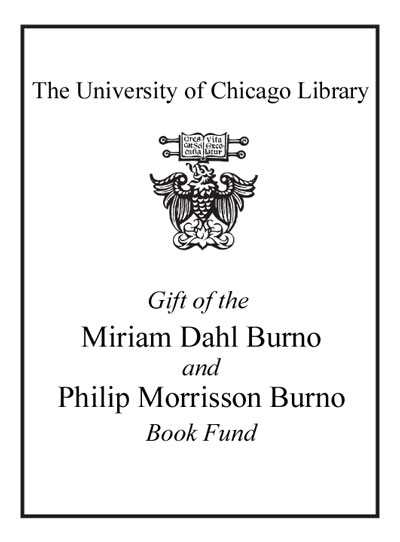| Summary: | The Libroni (literally "big books") prepared for the Duomo under chapel master Franchinus Gaffurius are among the most valuable cultural treasures from Renaissance Milan. The four large manuscripts contain a diverse repertory of sacred polyphony for Mass and Vespers, including works by Compère, Weerbeke, Josquin, Isaac, and Gaffurius himself. This was the music that resounded under the gothic arches of the cathedral, still under construction, in a momentous period of the city's history. The years during which the Libroni were copied (c.1490-1507) saw the rise of Ludovico Sforza ("il Moro"), his dramatic fall, and the subsequent French domination over the duchy of Milan. The rule of the Sforza came thus to an end (apart from the short-lived restorations of the 1510s and 1520s), and the role of the city in European geopolitics changed irreversibly. Codici per cantare presents a set of studies dedicated to the Libroni and subdivided into two sections: the first has an interdisciplinary nature, with essays on the cultural, social, and ritual context, whereas the second contains musicological investigations on the repertory of the Libroni, from the motetti missales to liturgical compositions for the Office. A codicological analysis and a new annotated catalogue of the Libroni (edited by Cristina Cassia) complete a volume that aims to become a reference work for all interested in Gaffurius's manuscripts. Contributors: Bonnie J. Blackburn, Cristina Cassia, Daniele V. Filippi, Martina Pantarotto, Edoardo Rossetti, Francesco Rocco Rossi, Thomas Schmidt, Daniele Torelli, Norberto Valli, Massimo Zaggia.
|
|---|

